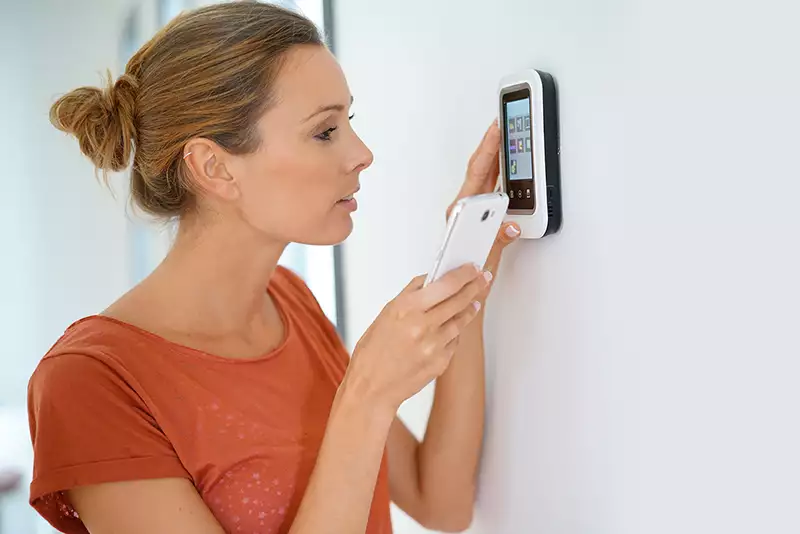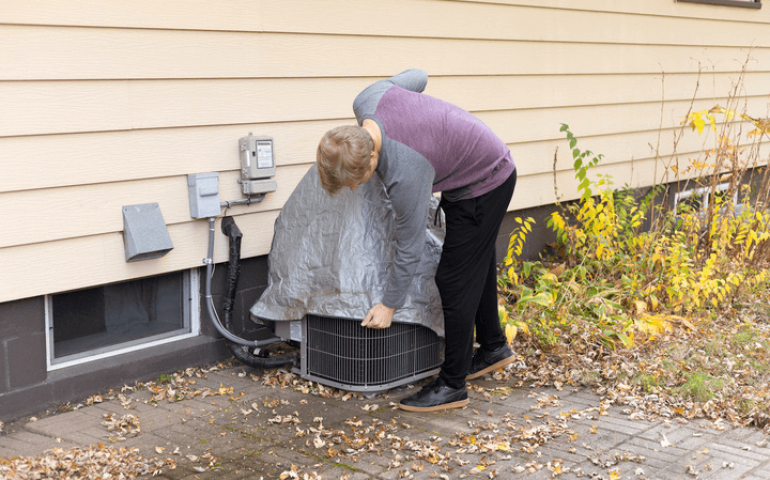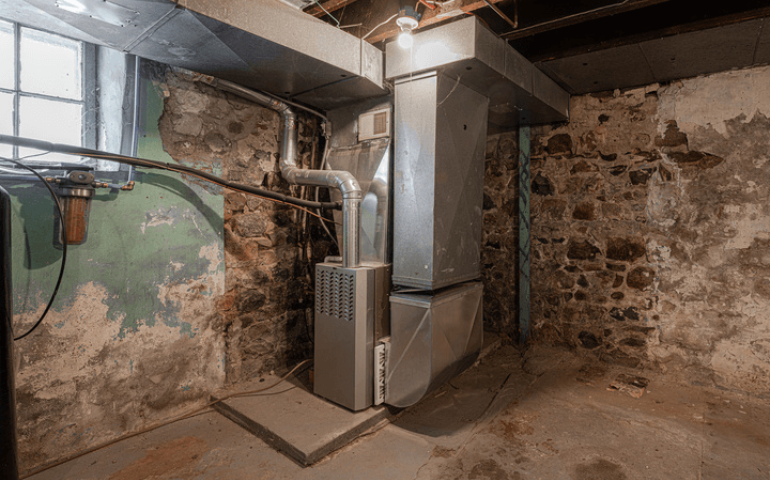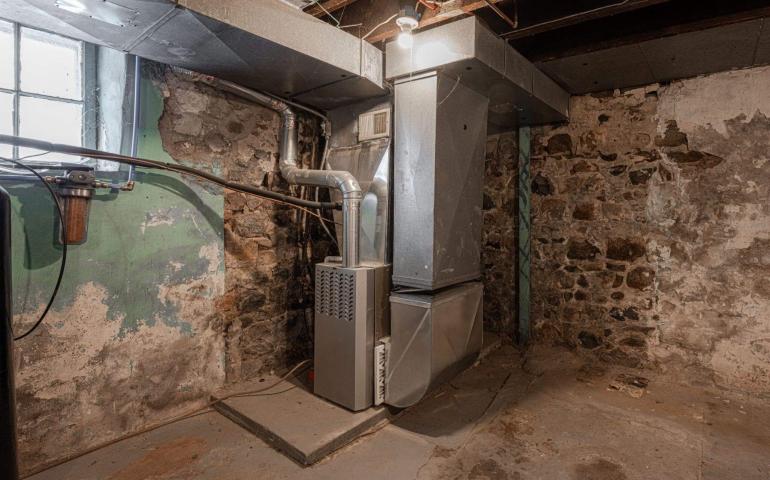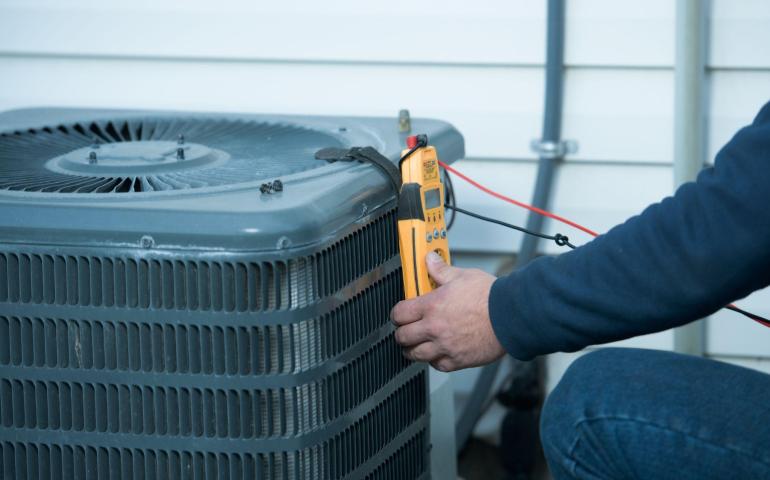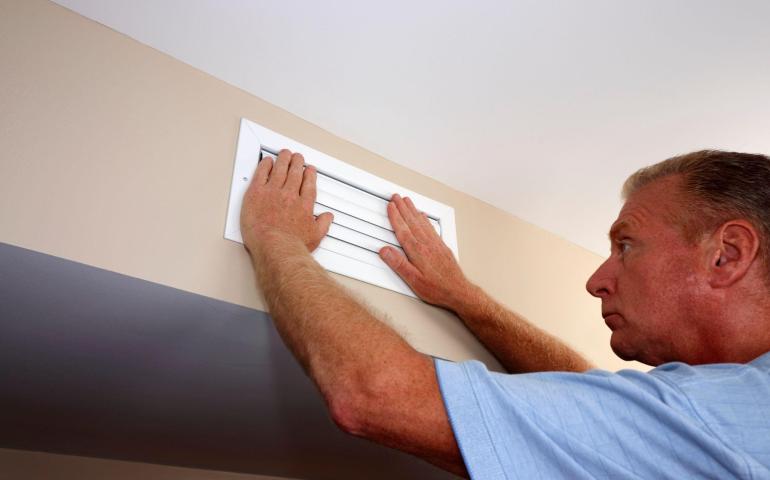Upgrading to a new smart thermostat can be something that you've considered for a while. You may be hesitating to take the plunge due to the cost or just the overwhelm of all the unique features it has to offer. But the reality is that a smart thermostat is a convenient option for every homeowner.
Upgrading Your Thermostat
If you still have a dial temperature regulator for your HVAC system, then it's time to consider an upgrade. A smart thermostat is fairly simple to install as you're just hooking up a couple of wires. If you're not a DIYer, then it's highly advisable to hire an HVAC professional to install your new smart thermostat for you.
Reading Your New Digital Display
Smart thermostats have many excellent features that you'll fall in love with. One of the most convenient features of these newer devices is that they have a large digital display for the temperature. Each device will have at least two temperature readers on the main display screen.
These include the actual indoor temperature in your home and the desired temperature that you set. Some thermostats may even display a third temperature to alert you of what the temperature is outside. Smart thermostats can be adjusted via the touchscreen display or your smartphone, assuming you linked your smartphone to your smart thermostat via your wi-fi network.
Programming Your Thermostat
Smart thermostats are great for saving homeowners money. This is done via optimizing the running time of your home air conditioning and heating systems. This type of thermostat allows you to program in specific temperatures for different times throughout the day.
Experts recommend setting your home temperature to 78 degrees in the summertime when you know that you'll be home. When you know that no one will be home during the hours of the day, you can program your thermostat temperature to be 88 degrees. This way, the air conditioner doesn't waste energy by running when no one is there.
The same concept works for your heating function. You should set your thermostat at around 68 degrees in the wintertime when you know that your family will be home. Program your thermostat to a lower temperature of 58 degrees when you know that no one will be home. Just be sure to give your heating system about an hour or so to return to your higher temperature before you arrive back home.
Call Us Today
If you're ready to invest in a new smart thermostat, then it's time to give us a call. Let our experienced HVAC professional install your new device and help you set it for optimal energy savings throughout the year.

